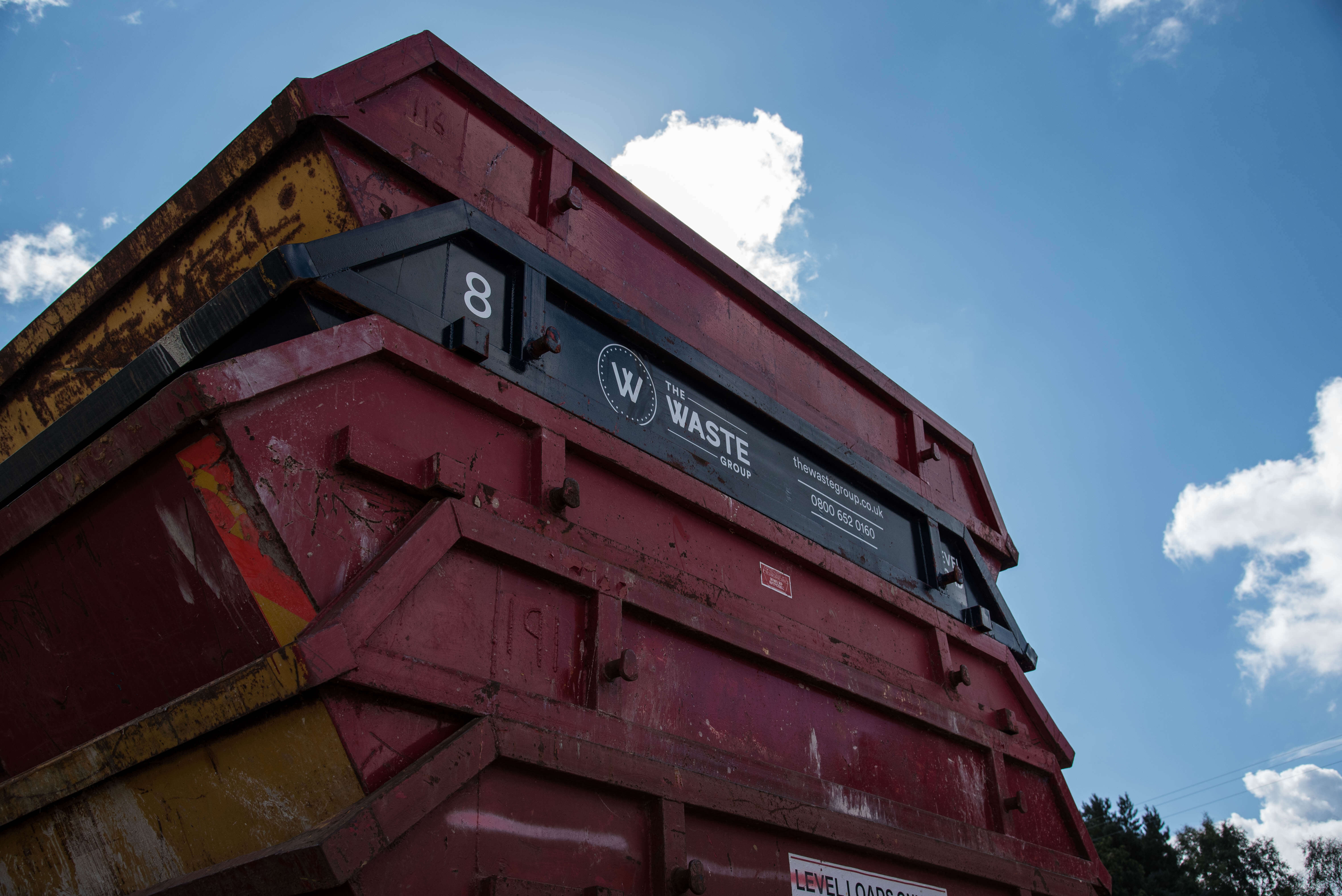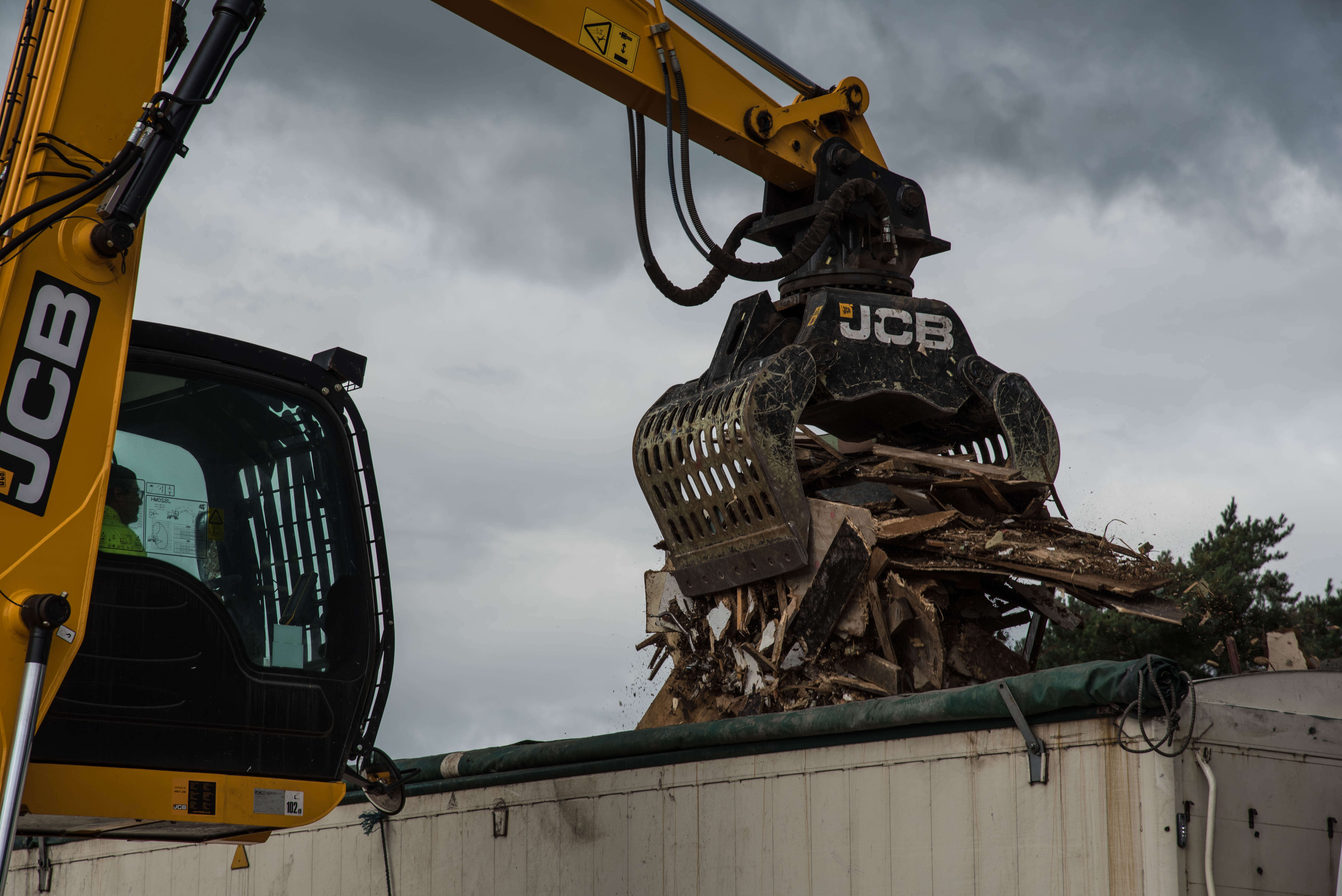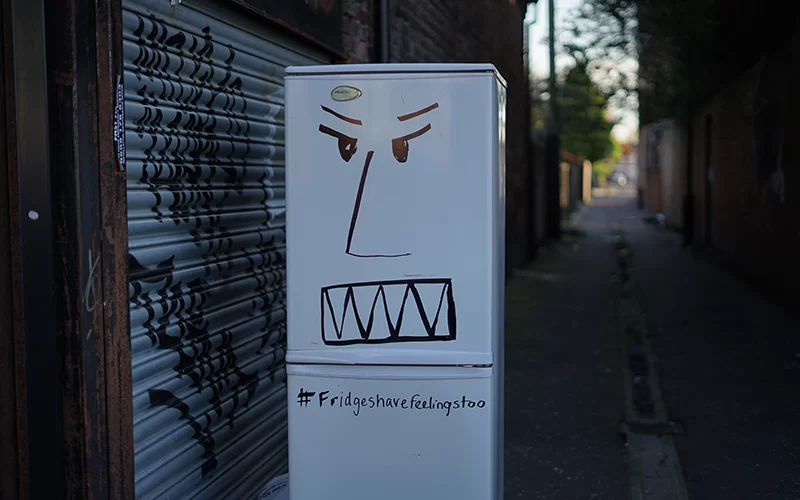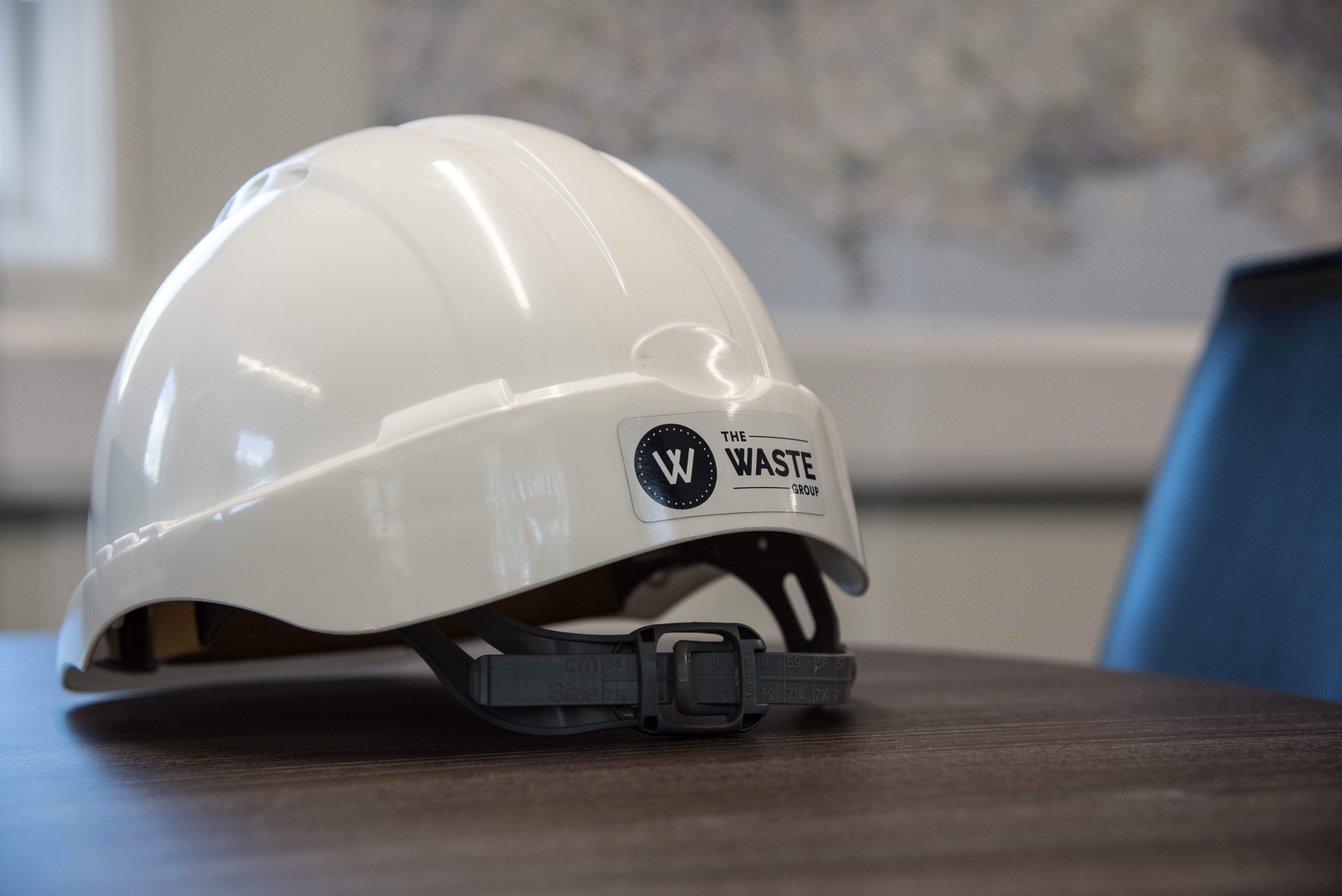Identifying Asbestos In Your Home

There’s no way to sugarcoat it: asbestos in your home is potentially lethal. And because asbestos is so dangerous, there are profound legal and health implications if you discover asbestos and don’t remove and dispose of it properly.
We’ll help you understand how to identify asbestos in your home and remove it safely to avoid the devastating health risks of inhaling asbestos fibres.
How to identify asbestos in your home
In the construction industry of years past, asbestos was everywhere. It was considered a brilliant building material, because it’s fire retardant and insulates homes and pipes.
But, asbestos was later found to cause lung cancer and other serious health risks. In the UK, it’s been banned in all building materials since 1999, but older homes may contain asbestos in various places.
Common sources of asbestos-containing materials
Insulation for attics, walls, and pipes is a common source of asbestos, as are ceiling tiles and vinyl floor tiles. Many homeowners choose to place new tiles over their asbestos-containing vinyl floor tiles, but this practice leaves the asbestos for future generations to find. And if they’re unaware of the risks, they could suffer dire consequences.
Few people realise that the brakes of older cars might contain asbestos. If you have a vintage car, be aware that the brake dust collecting on the brakes could be dangerous. Asbestos roof tiles were once a popular roofing material, so there may be asbestos on your roof even if the rest of your home is asbestos-free.
Visual indicators of asbestos building materials
Attic insulation commonly contains asbestos, so if you know your attic insulation was added before 1999, it might contain asbestos. Certain paints produced between 1920 and 1980 possibly contain asbestos, and floor tiles or carpet underlay from that era might also be affected.
Asbestos materials were usually not marked as containing asbestos, so any building material produced before 2000 could be hazardous.
Limitations of visual indicators
If your home is older, you should start with a thorough visual inspection of your pipes, insulation, floor tiles, and ceiling tiles. But if you’re a hobby DIY enthusiast, a visual inspection of your home is probably not enough.
Asbestos may lay hidden under other building materials for years, even decades. It’s common for asbestos sheets to be found under new drywall or old asbestos floor tiles to lay unnoticed under modern tiles.
The best plan is to work with a professional asbestos surveyor who can identify asbestos visually and with dedicated testing equipment.
Professional testing for asbestos
It’s almost impossible for a layperson to guess whether their home contains asbestos materials. Any surface could contain this harmful material, from asbestos insulating board in the walls to asbestos insulation in the attic.
If your home was built before 2000 and you’re planning renovations – even small ones – we strongly recommend working with a licensed asbestos surveyor.
What to do if you find or suspect asbestos
Asbestos is unlikely to pose significant health risks if left in large pieces and completely undisturbed. But, if you’re unaware you have asbestos in your home, you may commence DIY projects that break or disturb asbestos fibres.
Asbestos fibres are microscopic. Building works and renovations disturb the building materials and release asbestos fibres into the air. Without industrial-grade personal protective equipment, you, your family, or your contractors could quickly inhale these tiny fibres. The results of asbestos exposure are catastrophic: 13 people die every day in the UK from asbestos exposure.
If you find or suspect asbestos materials in your building, you have a legal and moral obligation to ring a professional asbestos surveyor immediately.
How an asbestos surveyor can help
When you work with a licensed asbestos surveyor like The Waste Group, they’ll identify asbestos cement products or ceiling tiles with the trained eye of a professional. They’ll take samples of materials for asbestos testing to see whether the material is present.
Asbestos surveyors use protective clothing and masks to ensure they don’t inhale asbestos fibres, keeping crews safe while they remove hazardous construction materials from your home.
Finding asbestos in your home is scary, but we can help make asbestos removal quick and thorough so you can continue with your project knowing your family and crew are safe from asbestos.



